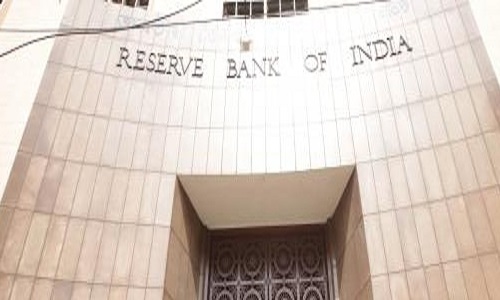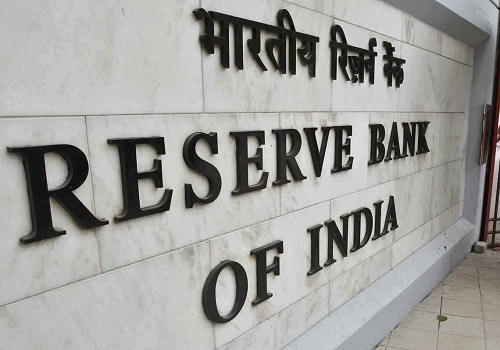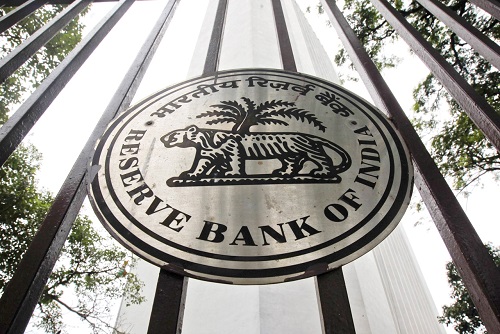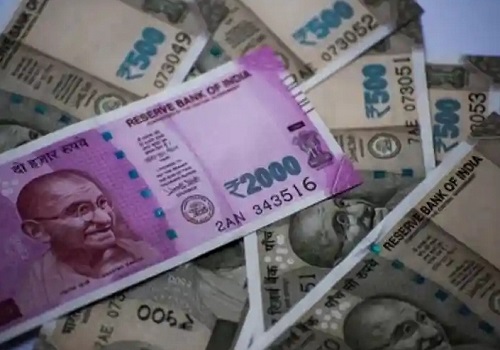Key highlights – central government finances in February 2021 By Motilal Oswal

Follow us Now on Telegram ! Get daily 10 - 12 important updates on Business, Finance and Investment. Join our Telegram Channel
https://t.me/InvestmentGuruIndiacom
Download Telegram App before Joining the Channel
Key highlights – central government finances in Feb’21
FY21 fiscal deficit may be ~9% of GDP, below 9.5% target
* Gross taxes increased just 2.3% YoY in Feb’21, following average growth of 27% YoY in the previous four months. While direct taxes declined for the second consecutive month (due to corporate taxes), indirect taxes continued to increase (although, GST receipts fell).
* After adjusting for devolution to the states, the center’s total receipts fell 11% YoY in Feb'21, following average growth of 58% in the previous four months. Total receipts were down 1.1% YoY YTD FY21 (Apr–Feb’21), while net taxes grew 9.1% during the period (Exhibit 1).
* Total spending by the center grew 53% YoY, similar to the growth seen in Nov'20 and Jan'21. However, a large portion of the spending in Feb’21 was attributable to food subsidies, which were taken on the books, as announced in the Union Budget 2021. Excluding subsidies, total spending declined for the first time (-3% YoY) in five months. YTD FY21, total spending has increased 14.3% YoY, while it stands at 11.1% YoY excluding subsidies (Exhibit 2).
* Capital spending grew 17% in Feb’21. Nevertheless, capital outlays (excluding loans and advances) fell 46% YoY during the month. Importantly, while Defense capex grew strongly, it was almost negligible for Roads in Feb'21. Defense capex exceeded INR1t up to Feb'21, marking a new record. YTD FY21, capital spending (including loans and advances) was up 33% YoY, while capital outlays were down 2.7% (Exhibits 3, 4).
* Overall, while the center continues to spend, a large portion of the money is given as loans and transfers to states/PSUs (besides food subsidies). This needs to be spent by the recipient entity to create the desired multiplier in the economy. Thus, state finances are more important for understanding the true impact.
* Furthermore, available data up to Feb’21 suggests total receipts would have to decline 41% YoY and spending would have to grow 185% YoY in Mar’21 to match the FY21 revised estimates. This further implies that excluding subsidies, total spending would have to grow 43% YoY, which seems a tall, but not impossible, task.
* Interestingly, the government’s total receipts up to Feb’21 were 88% of revised estimates (REs), the highest level reported in the past two decades (Exhibit 5). Similarly, fiscal deficit stood at just 76% of FY21 REs up to Feb’21 – the lowest in a decade (Exhibit 6).
* Accordingly, it appears that receipts are likely to be higher than REs in FY21, which means the fiscal deficit may be lower (probably ~9%) than the target of 9.5% of GDP in FY21.
To Read Complete Report & Disclaimer Click Here
For More Motilal Oswal Securities Ltd Disclaimer http://www.motilaloswal.com/MOSLdisclaimer/disclaimer.html SEBI Registration number is INH000000412
Above views are of the author and not of the website kindly read disclaimer





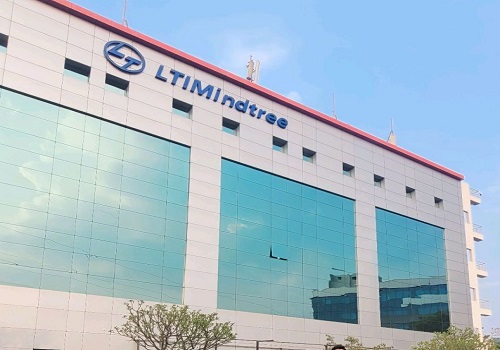




Tag News

Monthly Debt Market Update, September 2023: CareEdge Ratings






